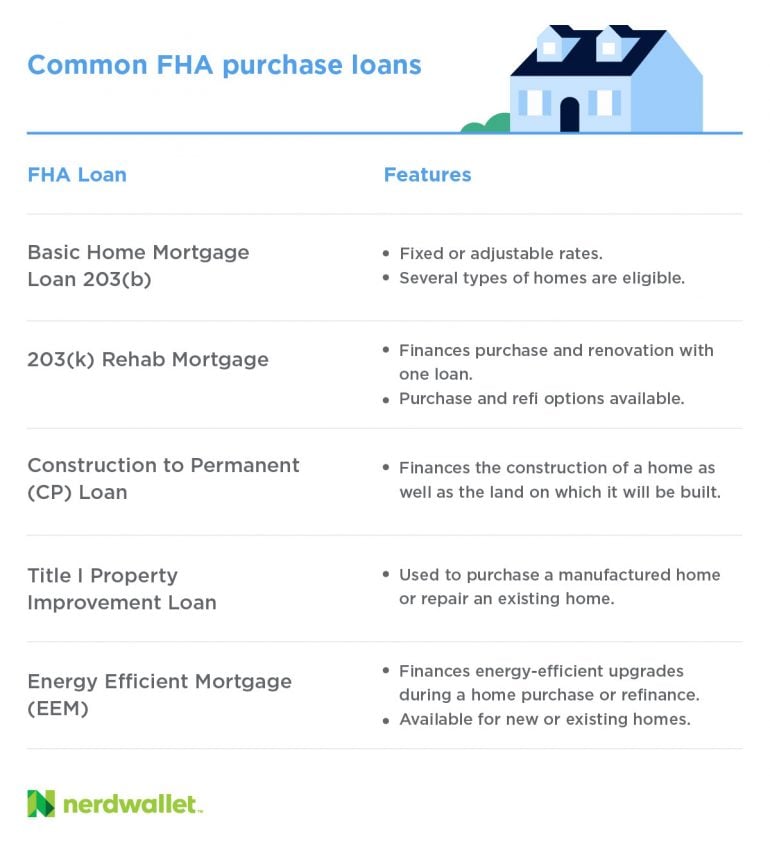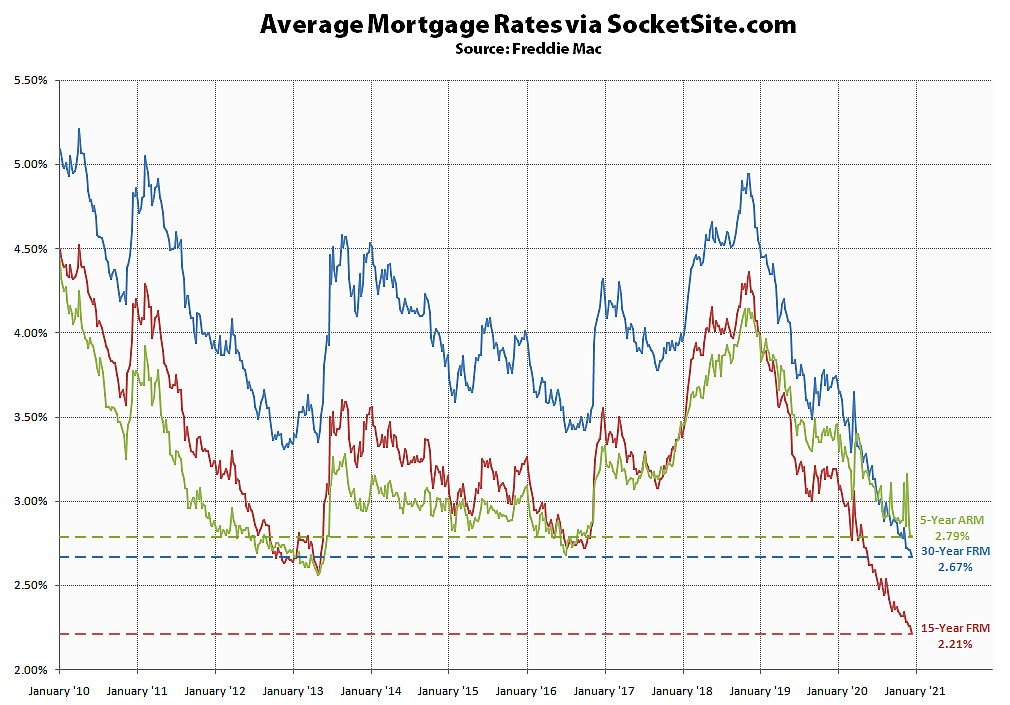The Financial Crisis Inquiry Commission found that in 2008, GSE loans had a delinquency rate of 6. 2 percent, due to their conventional underwriting and credentials requirements, compared with 28. 3 percent for non-GSE or private label loans, which do not have these requirements. Additionally, it is not likely that the GSEs' long-standing affordable housing objectives motivated lenders to increase subprime loaning.
The objectives came from the Housing and Neighborhood Development Act of 1992, which passed with overwhelming bipartisan assistance. Regardless of the fairly broad mandate of the inexpensive real estate goals, there is little proof that directing credit toward customers from underserved communities caused the real estate crisis. The program did not significantly alter broad patterns of home mortgage financing in underserviced communities, and it worked rather well for more than a decade prior to the private market began to greatly market riskier home loan items.
As Wall Street's share of the securitization market grew in the mid-2000s, Fannie Mae and Freddie Mac's earnings dropped considerably. Determined to keep investors from panicking, they filled their own financial investment portfolios with risky mortgage-backed securities bought from Wall Street, which produced greater returns for their shareholders. In the years preceding the crisis, they also began to reduce credit quality requirements for the loans they acquired and ensured, as they attempted to contend for market show other private market individuals.

These loans were normally originated with large down payments but with little documentation. While these Alt-A home mortgages represented a little share of GSE-backed mortgagesabout 12 percentthey were accountable for in between 40 percent and 50 percent of GSE credit losses throughout 2008 and 2009. These errors integrated to drive the GSEs to near insolvency and landed them in conservatorship, where they remain todaynearly a years later on.
And, as explained above, overall, GSE backed loans carried out better than non-GSE loans during the crisis. The Neighborhood Reinvestment Act, or CRA, is developed to deal with the long history of http://garretthfxr713.iamarrows.com/the-of-who-has-the-lowest-apr-for-mortgages inequitable financing and motivate banks to help fulfill the needs of all borrowers in all sections of their communities, particularly low- and moderate-income populations.
Why Do Banks Make So Much From Mortgages Fundamentals Explained
The central idea of the CRA is to incentivize and support feasible private financing to underserved neighborhoods in order to promote homeownership and other neighborhood financial investments - mortgages what will that house cost. The law has been amended a number of times considering that its preliminary passage and has actually ended up being a cornerstone of federal neighborhood advancement policy. The CRA has actually helped with more than $1.
Conservative critics have actually argued that the requirement to meet CRA requirements pressed lending institutions to loosen their financing standards leading up to the what is a timeshare real estate crisis, efficiently incentivizing the extension of credit to unjust customers and fueling an unsustainable real estate bubble. Yet, the proof does not support this narrative. From 2004 to 2007, banks covered by the CRA stemmed less than 36 percent of all subprime home mortgages, as nonbank lending institutions were doing most subprime financing.
In total, the Financial Crisis Inquiry Commission determined that just 6 percent of high-cost loans, a proxy for subprime loans to low-income borrowers, had any connection with the CRA at all, far below a threshold that would suggest substantial causation in the real estate crisis. This is because non-CRA, nonbank loan providers were typically the perpetrators in a few of the most hazardous subprime lending in the lead-up to the crisis.
This is in keeping with the act's reasonably minimal scope and its core function of promoting access to credit for qualifying, typically underserved customers. Gutting or getting rid of the CRA for its supposed role in the crisis would not just pursue the incorrect target but likewise held up efforts to decrease inequitable mortgage financing.
Federal housing policy promoting affordability, liquidity, and access is not some ill-advised experiment however rather a reaction to market failures that shattered the real estate market in the 1930s, and it has sustained high rates of homeownership ever since. With federal support, far higher numbers of Americans have actually taken pleasure in the benefits of homeownership than did under the free enterprise environment before the Great Anxiety.

Getting My Individual Who Want To Hold Mortgages On Homes To Work
Rather than concentrating on Click here! the risk of federal government assistance for home mortgage markets, policymakers would be much better served examining what most specialists have figured out were reasons for the crisispredatory lending and bad policy of the monetary sector. Putting the blame on housing policy does not talk to the facts and risks reversing the clock to a time when most Americans could not even dream of owning a house.
Sarah Edelman is the Director of Housing Policy at the Center. The authors want to thank Julia Gordon and Barry Zigas for their helpful remarks. Any mistakes in this quick are the sole duty of the authors.
by Yuliya Demyanyk and Kent Cherny in Federal Reserve Bank of Cleveland Economic Trends, August 2009 As increasing house foreclosures and delinquencies continue to weaken a monetary and economic recovery, an increasing quantity of attention is being paid to another corner of the home market: commercial property. This short article discusses bank direct exposure to the business realty market.
Gramlich in Federal Reserve Bank of Kansas City Economic Evaluation, September 2007 Booms and busts have played a prominent function in American economic history. In the 19th century, the United States benefited from the canal boom, the railroad boom, the minerals boom, and a financial boom. The 20th century brought another financial boom, a postwar boom, and a dot-com boom (who took over abn amro mortgages).
by Jan Kregel in Levy Economics Institute Working Paper, April 2008 The paper offers a background to the forces that have actually produced the present system of residential real estate financing, the factors for the existing crisis in home loan financing, and the effect of the crisis on the general financial system (how much is mortgage tax in nyc for mortgages over 500000:oo). by Atif R.
All About What Are The Interest Rates For Mortgages For First Time Home Buyers
The recent sharp increase in home mortgage defaults is substantially amplified in subprime postal code, or postal code with a disproportionately big share of subprime borrowers as . what is the interest rate today on mortgages... by Yuliya Demyanyk in Federal Reserve Bank of St. Louis Regional Financial Expert, October 2008 One may anticipate to find a connection in between debtors' FICO scores and the incidence of default and foreclosure during the current crisis.
by Geetesh Bhardwaj and Rajdeep Sengupta in Federal Reserve Bank of St - mortgages or corporate bonds which has higher credit risk. Louis Working Paper, October 2008 This paper shows that the reason for extensive default of home loans in the subprime market was an abrupt reversal in your home rate appreciation of the early 2000's. Using loan-level data on subprime mortgages, we observe that the majority of subprime loans were hybrid adjustable rate home mortgages, designed to enforce significant monetary ...
Kocherlakota in Federal Reserve Bank of Minneapolis, April 2010 Speech prior to the Minnesota Chamber of Commerce by Souphala Chomsisengphet and Anthony Pennington-Cross in Federal Reserve Bank of St. Louis Review, January 2006 This paper explains subprime loaning in the home loan market and how it has actually developed through time. Subprime lending has actually presented a considerable amount of risk-based pricing into the home mortgage market by developing a myriad of prices and product choices largely identified by customer credit rating (mortgage and rental payments, foreclosures and bankru ...